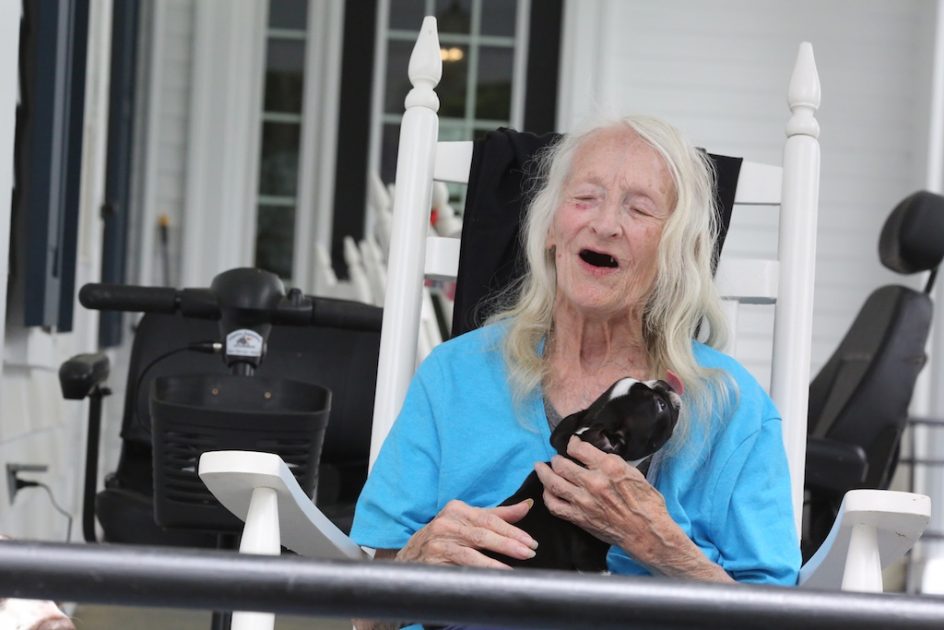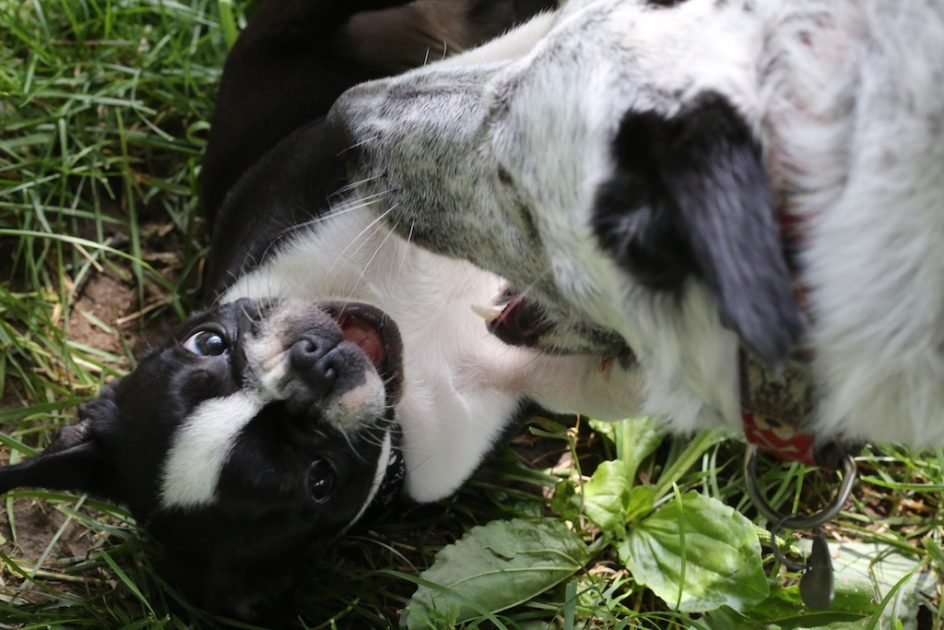
I didn’t intend to write a three-part series about how to help people like the Mansion residents, but I ended up having a dialogue with my readers this week, and with members of the Army Of Good, a dialogue that that was rich and powerful. It reminded me I had more thinking and explaining to do. I need to share what I am seeing and feeling.
The many good people seeking to help the Mansion residents – and people in their own communities when possible – deserve no less.
As always, there was challenge, some conflict, and much support in the dialogue: this is America, walking across the street can be an argument for some people. Helping vulnerable people is now actually controversial.
But dialogue is always healthy, especially if we choose to live free and be free.
The conversation has has crystallized the reasons for what I am doing with the Mansion and why, and also why it is so important for older people all over the country.
A number of people have asked me – some indignantly – why I don’t urge people to volunteer and contribute to institutions like the Mansion in their own communities. It’s a fair question. The reason is that every institution is different, and has different rules, procedures and needs.
I only write about things I can vouch for and see, if I ask for support, it is because I know the need is genuine, and the money will go quickly to where it is supposed to go. If I say the residents of the Mansion need soap and shampoo, it is because they do, and I will then, if possible, take a photograph quickly to show the givers what they have done.
I have been doing therapy work for decades, and I can tell you the Mansion is not typical. Often, I have been refused the opportunity to take photographs inside an institution for the aging, they simply are afraid of being photographed. They often claim it is against regulations, but it isn’t: it is only against regulations if you do it without permission, and I always get permission.
The Mansion is open, caring and wise to realize this openness helps them and the residents, it is true that light is always more precious than darkness. I believe they have done their residents much good by opening their doors to me and to you.
I believe that this continuing dialogue – this experience – has helped foster trust among you, me, the staff and the Mansion residents. They see that I will respect their privacy, tell their stories, respond to their needs whenever possible. I am proud to have earned the trust of the residents and the people who work there, that is something I cherish. I am grateful to the Mansion staff for being open to our experiment.
My goal is to tell their stories and remind them that they are not forgotten or abandoned.
I believe my readers know that I am open about what I see and do, and that their money – gathered in small amounts – will go immediately to the people who need it. And I document each gift with my photographs, so that you can see what it is that you are doing and who you are helping.
It is because we are all staying together in this enterprise that is working. We are all learning, this is a very new and radical experiment.
The Mansion is not like most other institutions for the elderly. It is not a nursing home, it is a Medicaid only facility, which means resources are limited all around. Residents have to have almost no resources to get in, and the government, desperate to cut back on elderly support, offers the most stringent, almost cruel, kind of support. There are lots of holes in the lives of these people, and I see our job as filling those holes.
We cannot change the reality of aging, illness and death, but we can bring much joy, light and comfort. And soap and clothes and books and water color kits.
Many assisted care facilities cost a lot of money, some up to $15,000 a month, they have large staffs, healthier residents and don’t really need someone like me trawling around with a dog asking if they need bathroom supplies. The Mansion costs a fraction of that, and can offer much less in the way of services.
They have plenty of soap. Many operate in the shadow, are very hard places for people to live, and do not open their doors to anyone. If anyone doubts that the world is stacked in favor of the rich, visit the Mansion and then go find a private assisted care facility.
The Mansion staff is open, it puts the residents first, and wants them to have every possible benefit and support. I trust them and respect them. They work hard, are paid little, and care much. No staff member has ever tried to influence what I write or interfere with me in any way.
From the first, they understood that I wanted to humanize the residents and show them as real people. They grasped the importance of photographs in that effort and made sure everyone involved gave permission and was comfortable with having their photos taken.
They also are animal lovers, they know the power of a dog to brighten a day and touch a needy soul.
The residents ask me all of the time how long I will stick around, when will I go away. I will not go away, I tell them, I am here for as long as they will let me be here.
I am sure there are other institutions that offer the same thing, but I can not identify them or vouch for them, thus I cannot urge anyone to support them or not. Many discourage volunteers, prohibit dogs, and discourage visitors, citing security, health regulations and other reasons. I have found that most of the reasons they cite are false.
There are many institutions for the elderly that I most surely would not support, that will not open themselves to view, I have seen many of them first hand.
I think it is safe to assume that everyone reading this knows the Mansion is not the only facility that houses the vulnerable elderly. As you know, I do not subscribe to the very American practice of telling other people what to do. People do not need me to tell them they can seek out these other facilities in their own communities and help if they wish. I am not a politician or a social worker, I concentrate on my world and share it.
The Mansion experiment is successful, I believe, because I am able to show the faces of the people who live there and tell their stories, to present them as human beings – my goal – not as data in political struggles. People contribute from every state in the nation.
The people who support them, I call them the Army Of Good, and more importantly, the residents and staff of the Mansion call them the Army Of Good have formed a community, and in so doing we are all making a powerful statement about caring for the elderly, one that is already resonating nationally.
The lesson for me is not to split up and fragment, but for people to use new technology like blogs to reach out beyond their own communities, as I have and draw real support. We bought the Mansion a new van in a single week. That could never have happened if I couldn’t reach beyond my own small town.
If we all go our separate ways and fragment and each goes only to our own place, that impact would be greatly diminished. I would never discourage anyone from helping people in their towns and communities, that is their choice, not mine. I am thrilled beyond words at the way in which the Mansion experiment has unfolded. I am committed to it and enriched by it. We are spreading the word, I get messages from all over the country about this project.
I am in awe of the generosity of spirit out there in the world. This is the real news for me, not that other garbage that pollutes our minds and values day and night.
My idea for the Mansion is to identify need and address it. That is a kind of pinpoint philosophy. If two residents need clothes, there is no need for boxes of clothes. If one resident wants romance novels, there is no need for hundreds of books. Needs vary, and I am getting better at identifying and addressing them: letters and messages, gift bags on holidays, cards and photos, a picnic table, soap and shampoo.
Everyone does not need everything and almost never at the same time.
I was annoyed at one man who demanded a photo of the new picnic table immediately, he didn’t care if the rain had kept it from much use. I don’t care to be pressured in that way, and I reminded him that gifts are made with no expectations. No strings. He did get his photo, but it bothered me.
One woman suggested I was unfit to dispense money because of my sharing my history of co-dependent problems – I might give too much away to the residents, she said. I told her to get lost. Another was visibly annoyed that I was not telling my readers to donate money locally.
I don’t speak poorly of my life, it might be listening.
This is our time, this is our life, our own business seem inexorably entwined with others, and yes, I do share it, and I suppose I do ask for it, although I will never bend to it or be corrupted by it. Living with thoughtlessness, rudeness and cruelty is a part of life, and I love life for all of its problems.
My dialogue with you all has been a rich, even joyous one over these past few days, I have enjoyed participating in it and writing about it. I hope there is some way one day for some of us to meet. We are sharing a special experience, living in an important time, helping one another to stay grounded and feel good and hopeful, and I am happy to have the opportunity to share it and think about it.
As I learn how to help the Mansion residents, I see that we are transforming life there, bringing hope and community and sometimes, the very mundane things of life – like soap and stationery (I today I will see if the residents need stationery to help answer your letters.)
Thanks, thanks, thanks. I’m off to the Mansion with Gus, Red and $114 worth of watercolor kits and pads. You bought them.

